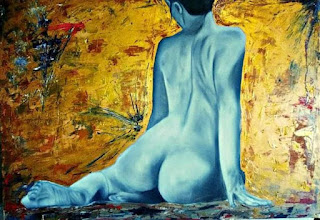Interest and
disinterestedness to Cicero
I am not a specialist of
ancient culture or Cicero, but I remember very well my course of Latin language
during my school years; but somebody, this is my husband, wanted that I write
this assay; the First discourse against Catiline usually called to Latin language
In Catilinam is a sign of dangerous
moment to ancient Rome, and Cicero was used by senators to ovoid that Catiline
take power; but it is important that Rome during 64 b.C. lived a moment very
precarious, and Catiline was a danger and deeply felt is showed by first words
of Cicero: “Quo usque tandem abutere, Catilina, patientia nostra?”, this is:
“Till do will you abuse our patience, Catiline?”, naturally we must consider
that word patience in Latin language is English to bear, therefore is serious
form of our word. But we must consider also that much senators during this time
were very next to Cicero, therefore very friends, but after condemn of Catiline
these friends disappeared; this is normal to political behaviour, men join
somebody when they have need, but after they will disappeared; in fact Cicero
after condemn of Catiline was exiled in Cilicia by Caesar, because he was a danger
to Caesar, whose Cicero was very opponent; Cicero during his exile written The
friendship, book that said a human truly; this is when men need they are next
but when they don’t need they are very distant, in fact it is very meaningful
that this book is written by Cicero after condemn of Catiline, this is when
Cicero made his task, when Cicero has been useful, and we can seen his regret
during red; he shows episodes of true friends, and we can think he tough how
much senators have had showed friendship to him but after they are disappeared;
therefore ancient examples are very opportune to our time.
To my husband
Delia Mariani










